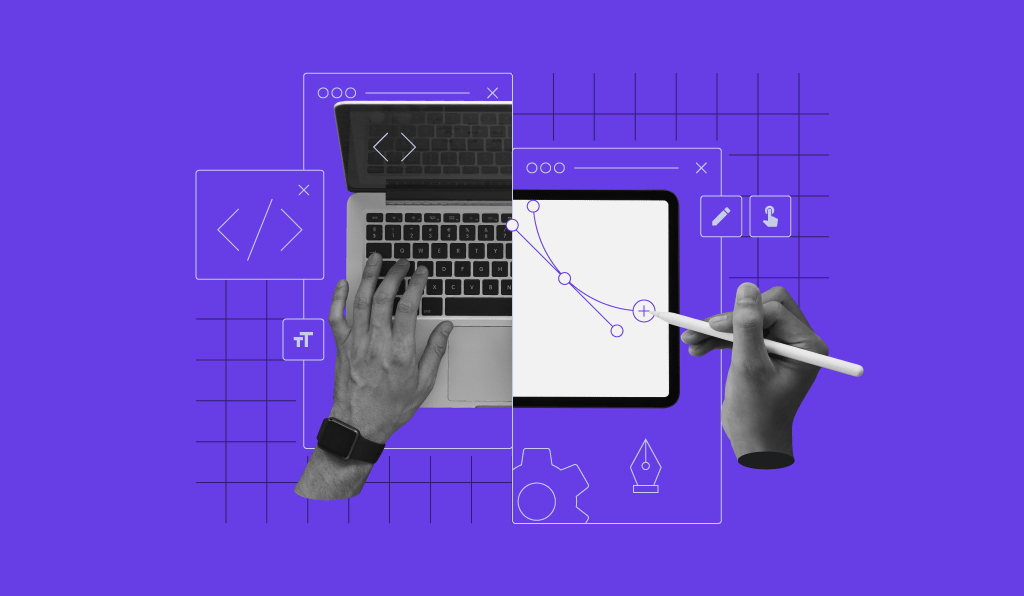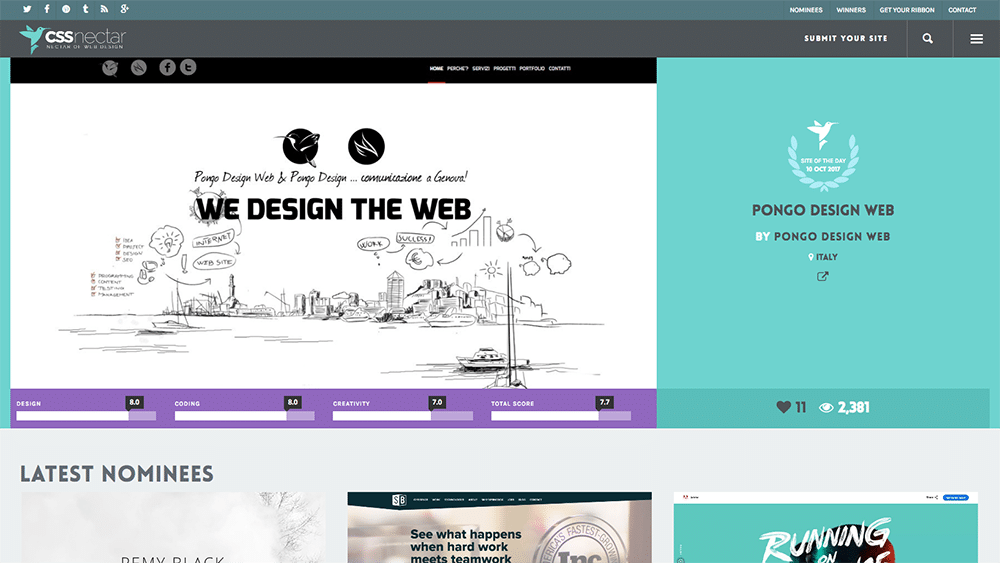Cutting-edge Fads in Web Design Johannesburg for the Modern Organization
Cutting-edge Fads in Web Design Johannesburg for the Modern Organization
Blog Article
Deciphering the Complexities of Responsive Website Design and Its Effect On Access and Capability Throughout Different Tools
Receptive internet design (RWD) has actually emerged as an essential strategy in creating electronic experiences that are both practical and obtainable across varied tools. By integrating methods such as liquid grids and CSS media questions, RWD not only improves customer engagement however additionally addresses crucial availability problems for individuals with specials needs.
Recognizing Receptive Web Style
Receptive website design embodies the principle of versatility, making sure that internet sites provide an ideal viewing experience across a range of tools and display dimensions. This approach employs flexible grids, layouts, and pictures, allowing the material to dynamically change based upon the individual's gadget. The increase of mobile web use has actually made receptive style not simply a pattern, however a requirement for contemporary internet advancement.
At its core, responsive website design highlights fluidness and scalability. By utilizing CSS media queries, designers can tailor styles to varying display measurements, making certain that message continues to be understandable and pictures are shown properly. This technique accommodates the varied selection of tools, from smart devices to huge desktop displays, facilitating seamless navigating and communication.
In addition, receptive web layout boosts individual interaction by decreasing the need for excessive zooming or straight scrolling, which can detract from the user experience. By focusing on access, companies can reach a more comprehensive target market, guaranteeing that all users, no matter of gadget, can access content properly. Eventually, understanding receptive web design is critical for producing sites that are not just visually enticing however straightforward and additionally practical throughout diverse systems.

Secret Concepts of RWD
Stressing adaptability and user-centric design, the key principles of responsive website design (RWD) focus on producing a seamless experience no matter the gadget being utilized. One essential concept is fluid grids, which use family member systems like percents as opposed to taken care of dimensions. This technique makes sure that format aspects adjust proportionally to varying screen sizes, maintaining aesthetic comprehensibility.
Another important concept is adaptable pictures and media, which resize within their including elements. web design Johannesburg. By using CSS methods such as max-width, designers can protect against photos from exceeding their parent containers, making certain that visuals stay sharp and appropriately scaled throughout gadgets
Additionally, media questions play a crucial role in RWD, permitting programmers to apply specific CSS designs based on the features of the device, such as orientation, elevation, and width. This capacity enables customized experiences that enhance use and engagement.
Furthermore, a mobile-first technique is increasingly preferred, where designs focus on smaller sized screens and considerably improve for bigger devices. This concept not just optimizes efficiency but likewise addresses the growing frequency of mobile browsing. Collectively, these concepts create the backbone of receptive internet design, promoting a straightforward and adaptable digital setting.

Effect On Ease Of Access
The combination of responsive web layout plays a critical duty in improving availability for all individuals. By adopting a flexible format that adjusts to varying display sizes and orientations, responsive layout makes sure that material remains understandable and conveniently accessible regardless of the device utilized. This versatility is especially substantial for individuals with disabilities, that may depend on assistive modern technologies that work better when material is structured responsively.
Furthermore, receptive web layout decreases the likelihood of concerns such as horizontal scrolling, which can prevent users with electric motor impairments or aesthetic disabilities. By providing a constant user experience across tools, designers can focus on accessibility attributes such as keyboard navigation and display reader compatibility, enabling a more inclusive electronic environment.
In addition, online search engine significantly favor responsive layouts, which can enhance visibility for customers seeking obtainable content. Therefore, organizations and organizations are urged to take on these practices not only to adhere to access standards but additionally to get to a more comprehensive you can find out more audience. Ultimately, responsive website design contributes in promoting fair accessibility to information and services across diverse user groups, consequently cultivating a comprehensive electronic landscape.
Capability Throughout Devices

Additionally, the efficiency of web applications can vary substantially throughout tools. Smart phone typically have actually restricted handling power and slower internet connections, which can affect packing times and general customer experience. It is critical for designers to optimize images, scripts, and other resources to make sure that efficiency stays reliable and regular, despite the tool being used.
Additionally, the layout and structure of content must adapt fluidly to different display dimensions right here to keep use. This flexibility not just boosts customer interaction however likewise minimizes stress, inevitably bring about greater retention rates. In summary, prioritizing functionality throughout check these guys out tools is necessary for producing a effective and inclusive internet visibility that deals with the diverse needs of users.
Ideal Practices for Execution
Carrying out responsive web style successfully requires a tactical approach that focuses on individual experience and accessibility. To attain this, start by adopting a mobile-first layout ideology, which stresses producing an optimal experience for smaller sized screens before scaling approximately larger tools. This technique guarantees that important web content is prioritized which features are flawlessly incorporated.
Next, use fluid grids and versatile layouts. Use relative systems, such as portions, instead of taken care of units like pixels - web design Johannesburg. This versatility allows material to resize dynamically based upon the display's dimensions, boosting functionality throughout numerous devices
In addition, include media inquiries to use particular CSS regulations based on the characteristics of the tool, such as resolution, size, and height. This targeted approach enables customized experiences that accommodate the distinct capacities of each device.
Additionally, focus on accessibility by guaranteeing that all interactive components are easily navigable by means of touch or key-board. Apply semantic HTML to enhance display reader compatibility and maintain high contrast ratios for readability.
Final Thought
In verdict, responsive website design works as a fundamental element in creating easily accessible and useful digital experiences across diverse devices. By integrating fluid grids, versatile pictures, and CSS media inquiries, responsive style not just improves individual interaction however additionally advertises fair accessibility to info for all individuals, including those with specials needs. Following finest methods in application guarantees that web sites stay adaptable, eventually promoting a much more inclusive electronic setting that fulfills the differing requirements of individuals.
Responsive internet layout (RWD) has actually emerged as a fundamental approach in creating electronic experiences that are both easily accessible and practical across varied gadgets.Responsive internet layout symbolizes the principle of flexibility, guaranteeing that websites give an optimum viewing experience across a selection of gadgets and screen dimensions.Highlighting flexibility and user-centric layout, the crucial principles of receptive web design (RWD) revolve around creating a smooth experience no matter of the device being made use of.Functionality throughout devices is a crucial factor to consider in web layout, as individuals engage with content through a selection of systems, including tablets, desktop computers, and mobile phones.In verdict, responsive internet design offers as a foundational aspect in developing available and functional digital experiences throughout diverse gadgets.
Report this page